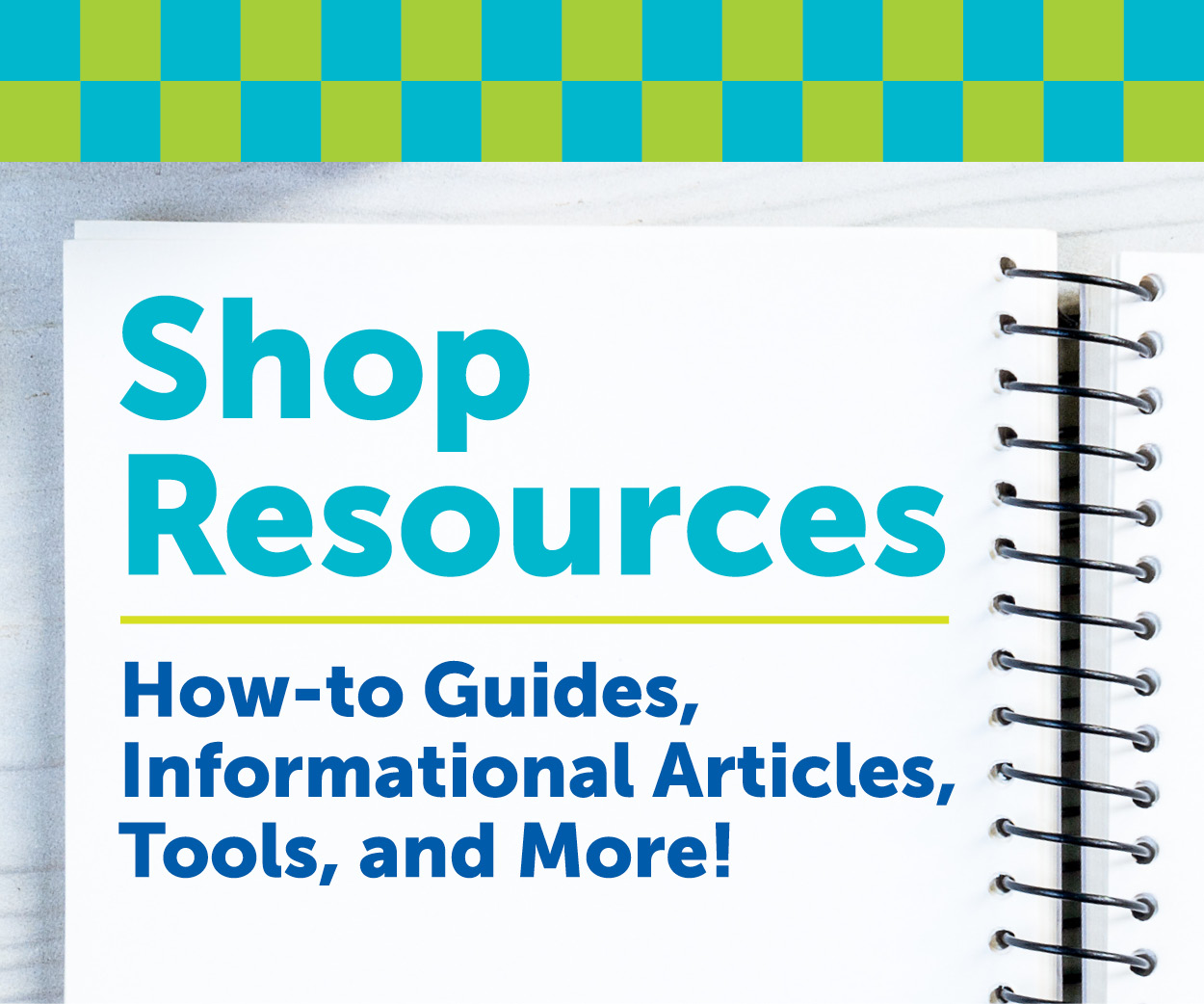
Showing is always better than telling. If you don’t have a demonstration station set up in your brick-and-mortar store, this is your sign.
Prep for your demonstration
Set aside an area to set up your demo. This should include a sewing machine (even if you don’t sell them) with tasteful and colorful fabric and matching thread in the bobbin (both upper and lower). You should, of course, have the thread and fabric as products in your store. Better yet—products the customer can’t purchase at big box retailers.
Also completed should be a sample with examples of what you’re about to demo. For instance, if you’re demonstrating appliqué your sample should display needle turn, satin stitch, decorative stitch edge, raw edge, embroidered appliqué, etc.
Execute
The customer has entered the store, you’ve greeted them, and they’ve asked for your help. Now what?
Simply ask if they have a moment to show how it works. Never make assumptions during the demonstration as to what knowledge the customer is bringing with them.
As you walk through each step of the demo, highlight the products you’re using and show the customer why they’re your favorite. Allow the customer to take a few stitches on the machine, showing the needle down feature and how the knee lift helps with accuracy.
Once finished, ask the customer if they have any questions. The more demos you give, the more objections you’ll learn to handle, and what responses work best.
Inspiration for this post came from “The Power of Demonstration” by Kay Brooks published in the April 2022 issue of American Quilt Retailer.
If you’re looking for more information to guide you in owning a retail business, subscribe to American Quilt Retailer today. Already a subscriber? No worries—join our Facebook group for insights and dialogue from industry specialists like you. And don’t forget, you can always purchase single issues if you prefer that instead.













